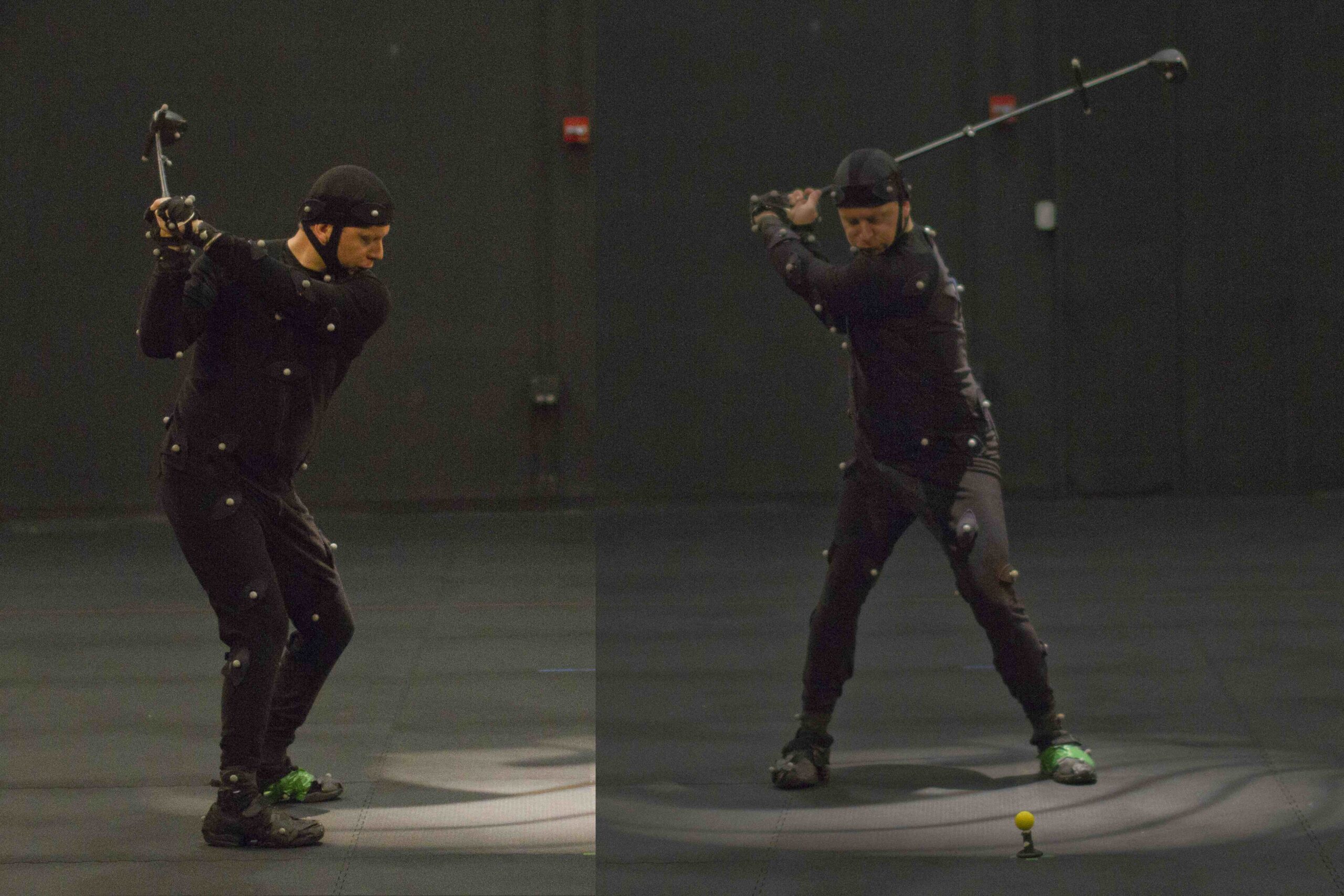I love our magazine. I know this sounds like I’m doting about my child but in a way, I am the proud parent of the Single Plane Golfer. What makes our magazine so great? Let me count the ways:

1) You can carry it with you (anywhere) for support, advice and instruction
2) It is the only magazine specifically for your Single Plane Game
3) It give you real stories about real Single Plane Golfers – just like you
4) You can read instruction from the best Single Plane Instructors in the world
5) Top notch writing and editing from the most well known Moe Norman storyteller – Tim O’Connor
6) It covers all Seven Principles of the Single Plane Game – including Long Game, Short Game, Putting, Club Fitting, Course Management, Practice and the Mental Game.
There is so much to love about the Single Plane Golfer – it must be the greatest magazine in the world, I’m sure of it.



